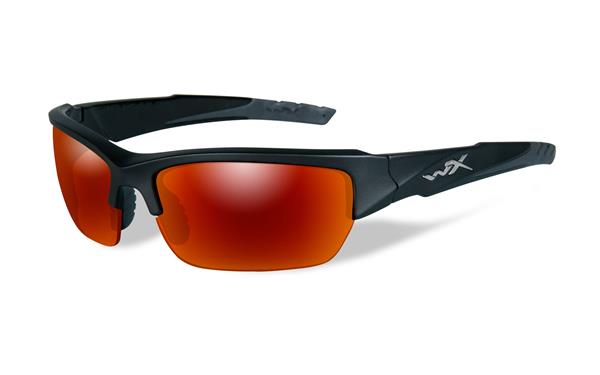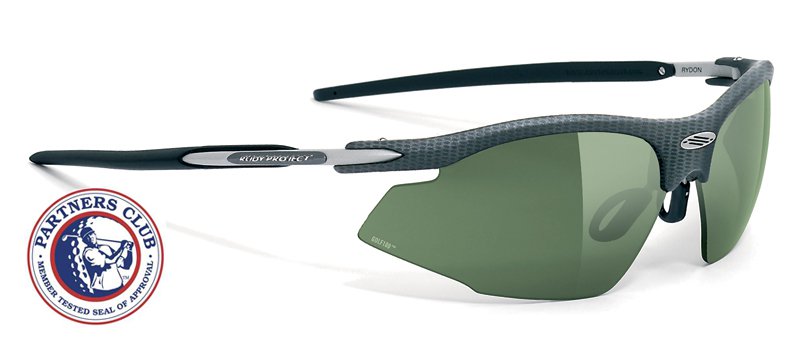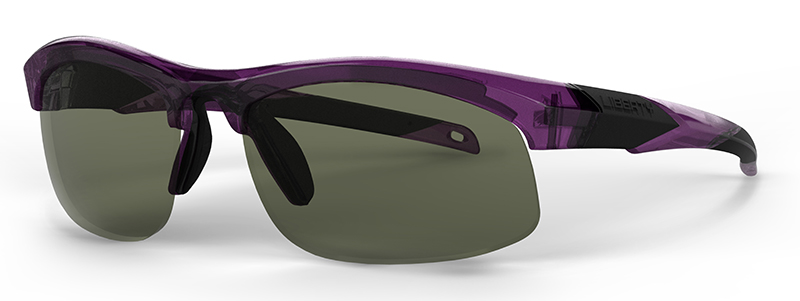What to look for when purchasing sunglasses for golf:
Few eye injuries occur while playing golf. Those that do are a result of a stray ball, or standing too close to someone while they are swinging. Yet, golf glasses are an accessory that can help improve your game. Most golfers have a pair of golf shoes, but not many have a pair of glasses specifically for golf. Most wear their regular sunglasses. But, glasses made specifically for golf can help you better distinguish fairways and greens, help you follow your ball in flight, and most importantly, not interfere with your swing. At the same time, they will protect your eyes from ultraviolet light, and from the rare instance of injury. Here is what to look for:
Ultraviolet Protection: Since golf takes place outdoors, your glasses should protect you from 100% of UV radiation. ( UV and its Effects on the Eyesfor more information on UV).
Lens Color: A lens that absorbs blue light will help you read greens better and follow your ball in flight. The greens and white ball will be enhanced, while the blue of the sky will be muted. Look for brown or amber lenses to increase contrast. Or, some people prefer more natural vision and lenses that do not distort. For those, choose a neutral gray or G-15 green gray lens for true color perception. Some golfers also like polarized lenses to reduce added glare, especially off water hazards. However, polarized lenses can make it harder to read the greens, and they will tend to make surfaces look flatter.
Frame Styles: Most golfers have found that their regular pair of sunglasses interferes with their swing. As they go to swing, their head turns slightly, and the bottom edge of the frame interferes with the direct gaze of the ball. Look for frames that do not have a frame on the bottom to interfere with your line of sight, or oversized frames so your gaze does not cross the frame border.
Frame Fit: Since you start your golf swing looking down, improperly fit glasses can slide off the nose and distract you. Make sure you choose frames that have temples that can be adjusted to fit so that they do not slide down the nose.
Prescription Lenses: Most golf glasses can fit with prescription lens. But, those who wear bifocals or progressives probably have noticed that they must put their head down a little more to properly see the ball. This is because the bifocal often interferes with the field of view, since the ball on a tee falls into your intermediate or distance vision, not short distance, that a bifocal is designed for. This creates an uncomfortable head position. A golfer that needs both distance and near corrections should consider special golf lenses. This would be a bifocal fit low and temporally so that you can see the ball in the distance range without creating an uncomfortable head position, while at the same time, have the bifocal there to read and record on a score card. Stick-on bifocals are also a popular choice as they can be removed when not needed.
Recommended Styles: Bolle makes an entire line for golfing including brown and neutral gray lenses and have prescription availability.

Wiley-X also makes styles that can be used for golf with interchangeable lenses and Rx adapters.

Rudy Project makes a golf specific styles available with interchangeable lenses and in prescription direct in or with an insert.

PeakVision makes golf specific glasses and all are the rimless type to avoid catching the bottom of the frame.

Prescription is also available. Liberty Sport also have a golf series. Some golfers also like polarized lenses to absorb extra glare.

For polarized, Bolle, Vuarnet, Smith, Native make some polarized styles.

